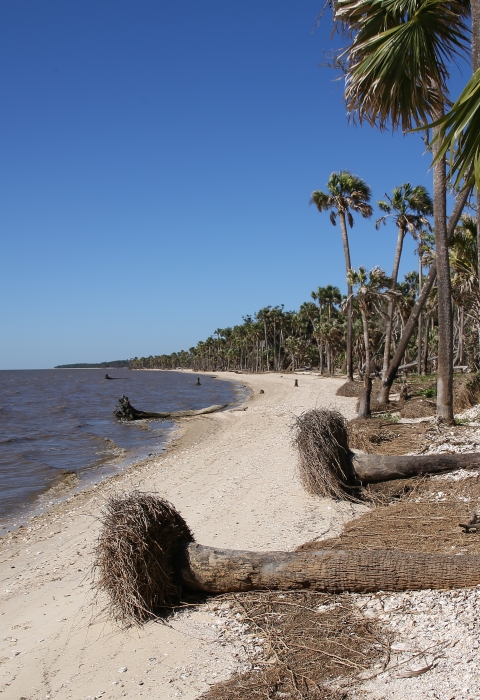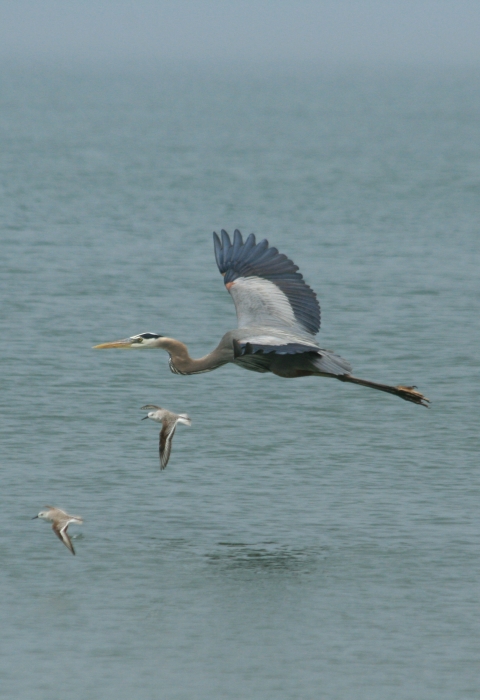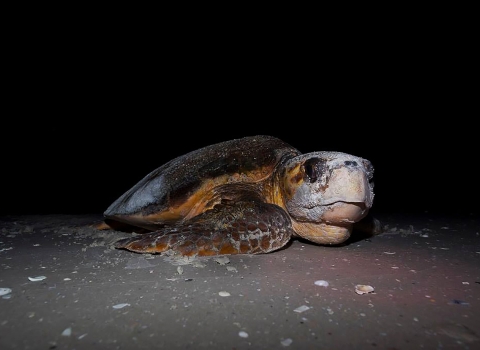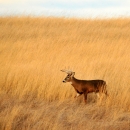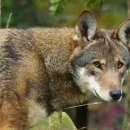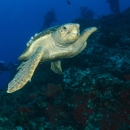Visit Us
St. Vincent Island is 9 miles southwest of Apalachicola and is only accessable by boat and there is no visitor center, no potable water, nor public phones on the island. The closest public boat ramp to the island is located 22 miles west of Apalachicola at the end of County Road 30-B. From that boat ramp it is one-quarter of a mile across to the island. Boaters should be sensitive to winds, tide fluctuations, currents, storms, and oyster bars. Visitor use is only during daylight hours however the refuge is closed for general use during hunts, fires, and storms. Bring insect repellent, drinking water, sunscreen, and a hat.
Location and Contact Information
About Us
The Refuge is comprised of two islands and two mainland tracts totaling approximately 12,492 acres. Access to the island is by boat only. The Refuge office is in Apalachicola.
Tours
No tours are scheduled at this time.
Get Involved
Volunteers are an integral part of St. Vincent National Wildlife Refuge. They assist with numerous projects ranging from wildlife inventories to presenting interpretive programs, and their help has been instrumental in the accomplishment of a number of refuge projects and activities.
